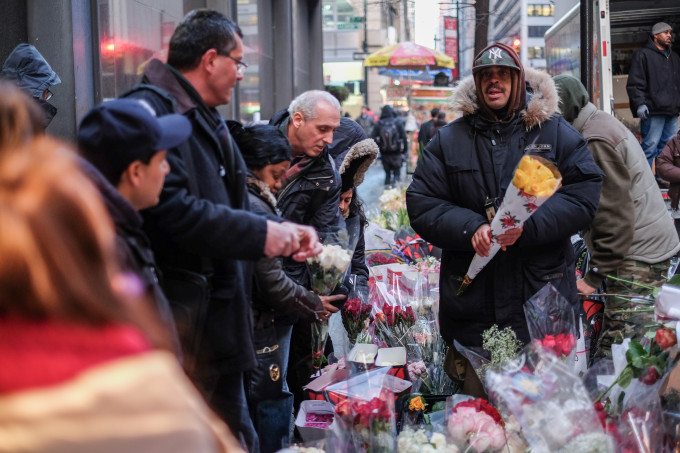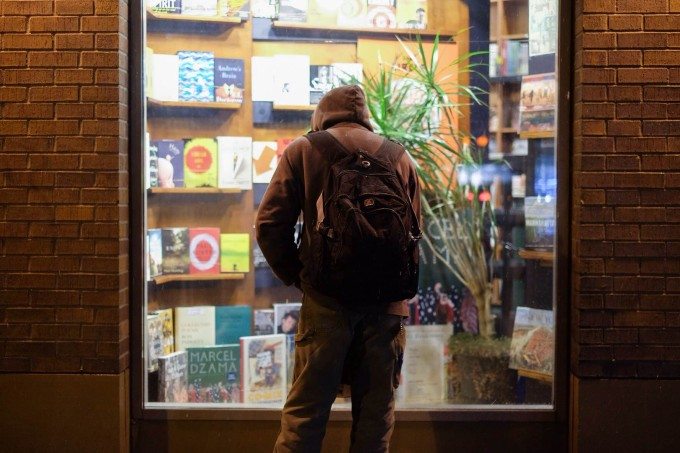Last Updated on 02/20/2014 by Julius Motal

“What kind of glass are you using?” or some variant of that almost always follows the camera question when I talk with other photographers. There are some who would rather not talk about gear because it’s about the image, not the tool, but having been a reviewer for quite some time now, I’m just as interested in the means as I am about the ends. If you asked about my glass six months ago, I’d point to whatever I had mounted on my a580, which could have been anywhere from a 12mm fisheye to the venerable 70-210mm f4 beer can. For the past several months, I’ve been shooting almost exclusively with the Fujifilm X-E2 and 35mm f1.4, and the experience has been both challenging and rewarding.
Upon receiving the X-E2, I worked for a time with the 18-55mm f2.8-4 kit lens, and while I found it to be the most refreshing take on a kit lens, I reached for the 35mm f1.4 more times than I did the kit. I like the options that a zoom lens affords as far as focal length is concerned, but it’s ultimately more rewarding to pick a focal length and stick with it.

For my purposes on the streets of New York City, a 35mm lens on a crop sensor body is perfect. The X-E2 has a 1.5x crop factor, providing a 35mm-equivalent just a touch longer than your standard 50mm at 52.5mm. I’ve been working with the X-T1 for the past week, and it provides the same field of view as the X-E2.
Working with in a set focal length forces you to get creative in how you work within and around the limitations of the lens. There’s only so much you can fit into a 35mm or 50mm field of view, but what they’re perfect at is offering slices of life. Anything wider than a 35mm lens, and you become aware of the photograph itself. The best photographs put you in the captured moment, and for at least a few seconds, you forget that you’re looking at a two-dimensional image.
Working within focal limits also commands that you interact with your environment. Mainly, if you want more in your image, you have to step back. If you want less, you’ll have to move closer. Robert Capa’s maxim, “If your photos aren’t good enough, you’re not close enough” rings true in this instance. A medium shot of a street scene might do well enough, but if the photographer moves just a bit closer, making the subject more prominent, the image could resonate more.

Essentially, a fixed focal length asks that you figure out where you are in relation to the photograph you’re making. How much of the story do you want to tell? How close do you want to be? Closeness isn’t solely measured by physical proximity, but emotional proximity as well. In a post on PDN Plus, what Capa’s maxim means today is explored mostly on two levels. There’s the obvious physical closeness, but there’s an emotional closeness as well. If you get too close, you risk losing sight of the bigger picture.
Find the appropriate distance. Listen, you could just as easily buy an 18-200mm lens and call it a day, but you’d be shortchanging yourself in how much you stand to learn both about the world around you and yourself as a photographer.
Pick your focal length and go make some photographs.
Please Support The Phoblographer
We love to bring you guys the latest and greatest news and gear related stuff. However, we can’t keep doing that unless we have your continued support. If you would like to purchase any of the items mentioned, please do so by clicking our links first and then purchasing the items as we then get a small portion of the sale to help run the website.
Also, please follow us on Facebook, Google+, Flickr and Twitter.

